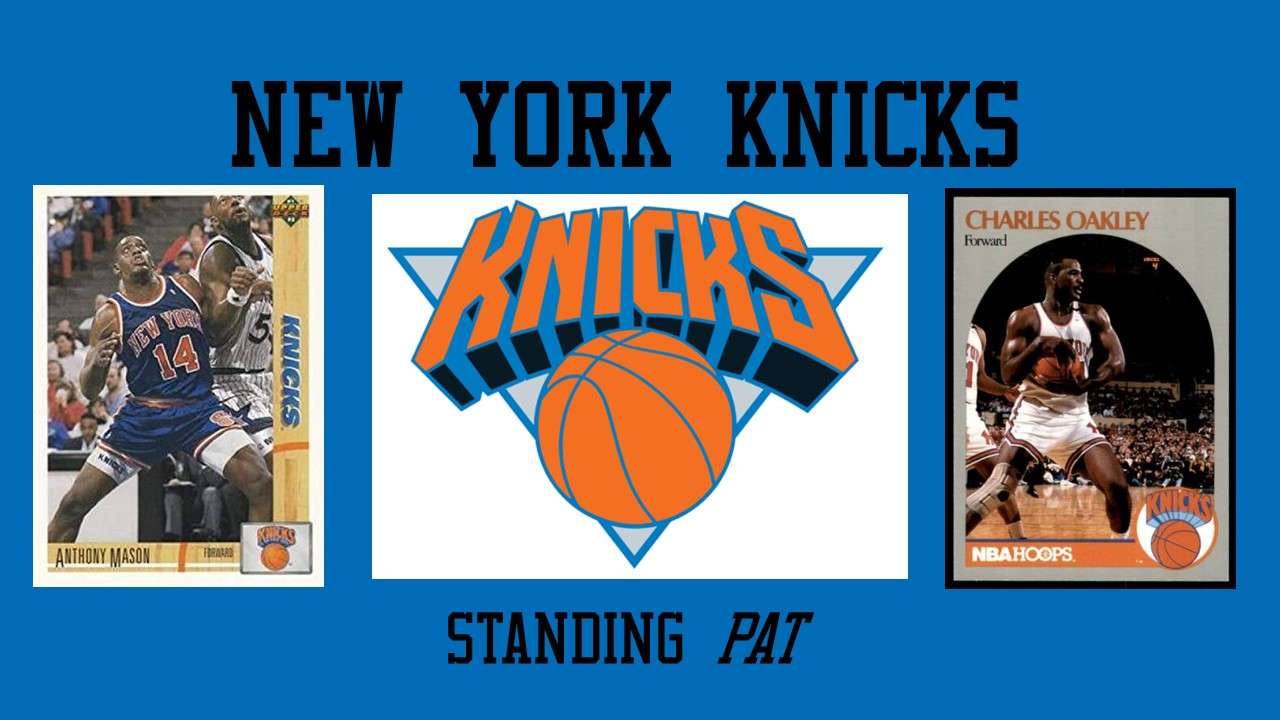
In 1991, Pat Riley had a dream. For most of the previous decade, he had coached the glamorous LA Lakers to four NBA Championships.
Now, partly by design, he sought to remake the 1992-1993 New York Knicks from a dysfunctional mess into an organized pack of attack dogs.
To the surprise of nearly everyone, the gritty Knicks would take their cues from the “Bad Boy” Detroit Pistons as the chief challenger to the Chicago Bulls.
Within a few weeks, Riley would get his superstar center Patrick Ewing on board with his vision. Now, it was time to reshape the rest of the 92-93 Knicks roster.
Now that he had his franchise center in agreement, Riley looked for his “Magic”. His only option for the moment was the former NBA Rookie of the Year, Mark Jackson.
Thus, we will now observe his thoughts on Jackson and the key players on the roster of the 1992-1993 New York Knicks.
Mark Jackson:
Like Magic Johnson, Jackson was a gifted passer. For a time, he had perfect synergy and he built a rapport with star center Ewing. But then, things went downhill. The Knicks had drafted fellow New Yorker Rod Strickland to “back up “ Jackson, and the All-Star seethed. Eventually, Strickland balked, and the team traded him for Maurice Cheeks.
They then signed Jackson to a new contract, and he celebrated by gaining weight. Eventually, then coach Stu Jackson benched him and went solely with Cheeks. By the fall of 91, Cheeks was gone, and the job was temporarily Jackson’s again. But Riley too had minimal faith in Jackson.
For one, he was slow. Two, unlike Magic Johnson, he was only 6-3 and could not draw double teams. Three, he was a bad defender who was slow-footed. And finally, he had been one of the players who most antagonized Michael Jordan with his emotional, hot-dogging tactics.
Gerald Wilkins:
He reminded Riley a lot of his former player Byron Scott. Like Scott, he was wonderful in transition. He played solid defense. But, he was a much more inconsistent shooter than Scott had been.
Like Jackson, he too had “Jordanitis”. Wilkins had a habit of posting Jordan up, which infuriated the Bull superstar. In truth, Riley wanted better shooting and defense from “Dougie” (named for his hero rapper Doug E Fresh).
Charles Oakley:
Riley saw Oak as the enforcer; The man to protect Ewing and scrap it out with the rest of the league.
The Lunch Pail Guys of The 1992-1993 New York Knicks
Though Riley had coached the likes of Abdul Jabbar, Johnson, Worthy, Wilkes, and Nixon, he also enjoyed his “lunch pail guys”.
These men were hard-working (like AC Green), scrappy (Michael Cooper), and flat-out goons (Kurt Rambis, Mitch Kupchak). Riley would look for his lunch pail guys- goons in New York. He wouldn’t have to look far.
Xavier McDaniel:
The “X Man” had been a star of some magnitude when he played in Seattle. An all-star, he was also an enforcer that put the league on notice that he was not to be disturbed. But, in 1990, the Sonics drafted the equally brash Gary Payton; He and the X- Man clashed, and the Sonics shipped him to Phoenix. He was supposed to bring muscle to a Sun team considered soft, but in truth, he disrupted team chemistry. After one year, he was again unwanted. Riley remembered well how tough X Man was and scooped him up. He would play very well in the playoffs against Scottie Pippen.
John Starks:
The former grocery bagger and CBA retread would become Riley’s best project and also his most frustrating. Cocky, headstrong, he bought every Gerald Wilkins bought with even more athleticism. Starks, very emotional, would often shoot himself out of important games. This would hurt down the road, but for 1991 he was a hungry, up-and-coming player.
Anthony Mason:
Like Starks, he was a CBA Retread. Like McDaniel, he was a gritty, hungry, take no prisoners player. He and X Man would clash and fight repeatedly in practice. Neither would back down, and Riley used the showdown to establish team identity and unity. If Starks became the best Riley project, then Mason was 1A. In time, Anthony George Douglas Mason would become an emotional leader of the gritty, early to mid 90s Knicks. He would be the Riley project who would work his way up to a top 20 player. While not that important for 1991, he would impact a lot in the years to come.
With his superstar in place, along with his team, Riley and his 92-93 New York Knicks were ready to take the East by storm.
Though they were not quite on the Bulls (or Cleveland Cavaliers) level yet, they were better than old guard Boston and Detroit for most of the season.
But the Celtics, in Larry Bird’s final season, led a furious rally to capture the Atlantic Division title. The Knicks first playoff test would be (surprise) the now badly fading Detroit Pistons.
From Bad Boys to Bad
By 1992, the intensity that made them a feared champion was disappearing in the Detroit Pistons. Isiah Thomas seemed to have lost concentration in being left off the 1992 Dream Team. The years of playing with a chip on his shoulder appeared to burn him out.
Coach Chuck Daly now regretted not signing a deal to work television with NBC. Bill Laimbeer, no longer a starter, was openly criticizing GM Jack McCloskey.
Alas, there was “Palace Intrigue”. Team Broadcaster (and ex-assistant) Ron Rothstein was campaigning to replace Daly as a coach. In short, the Pistons had become the dysfunctional Knicks while the Knicks had become the Bad Boy Pistons.
Thus, a cohesive Knick team would win 109-77 on the way to a five-game series win (just as in 1984). From there, they would get first blood with the World Champion Bulls. Riley knew his team was ready, while Phil Jackson brooded.
1992 Eastern Conference Semifinals
Jackson no longer feared the Pistons; What he feared was a team like the Pistons. In addition, though on paper the 1992 Bulls looked better, Jackson knew otherwise.
With the publication of “The Jordan Rules”, Jordan’s public image took a significant hit. In its place had been a more closed-off superstar. Jackson would (as had Riley) use this to develop a “us against the world mentality” with his team. But he sensed the fatigue.
Even in the first round, there was the routine sweep. But this year (against the expansion Miami Heat) the lane had been busier. In the close-out game, the Heat took a huge lead that the Bulls chipped away at until winning. Thus, when the Bulls drew the Knicks and their physicality, Jackson knew his team was more than vulnerable.
In the first game, Ewing looked like the best player on the court with 34 points and 16 rebounds. The Knicks won and had a good chance to win the second until some sloppy play ended their shot.
Chicago would roar back in game 3, and then the Knicks manhandled them in two of the next three games.
It was now a one-game series, but the Knicks weren’t ready. The Bad Boys successor would let Jordan intimidate them, something the predecessors never did. The result was a 110-82 blowout, as the Bulls had just defeated their toughest challenge in route to their second straight championship.
Ewing, though, would join Jordan and Pippen for “The Dream Team.” Coming home, Pippen and Jordan were exhausted by the summer play, and the defending champs were even more vulnerable. To be continued.
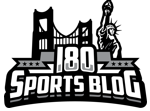
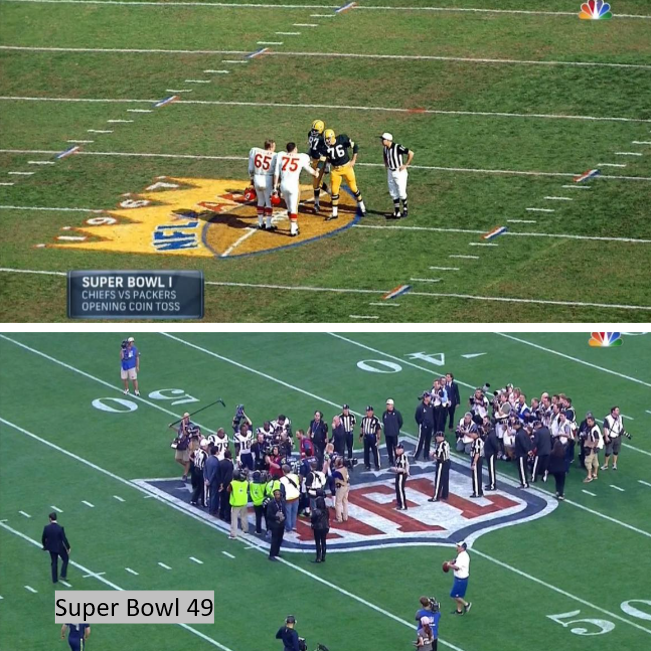

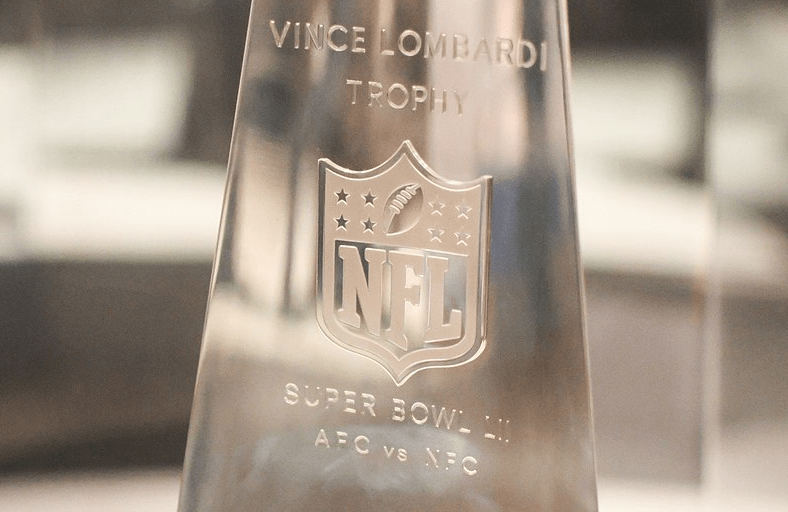
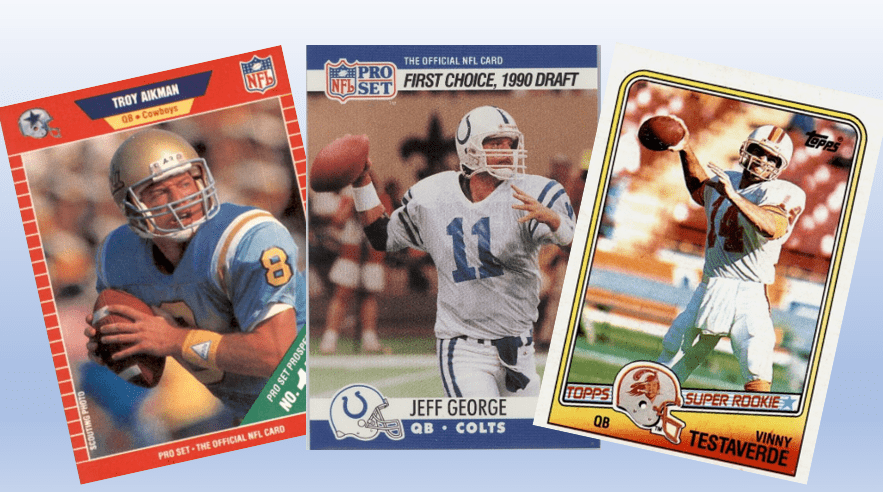
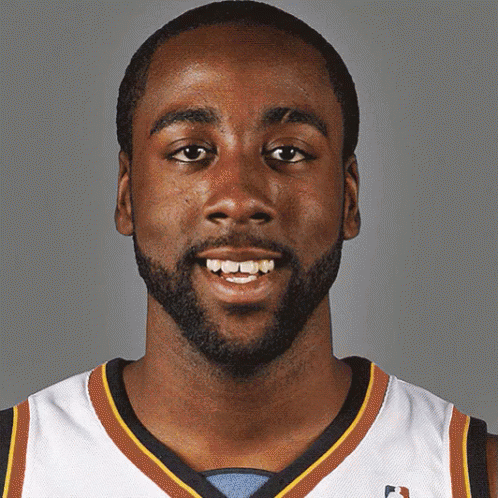
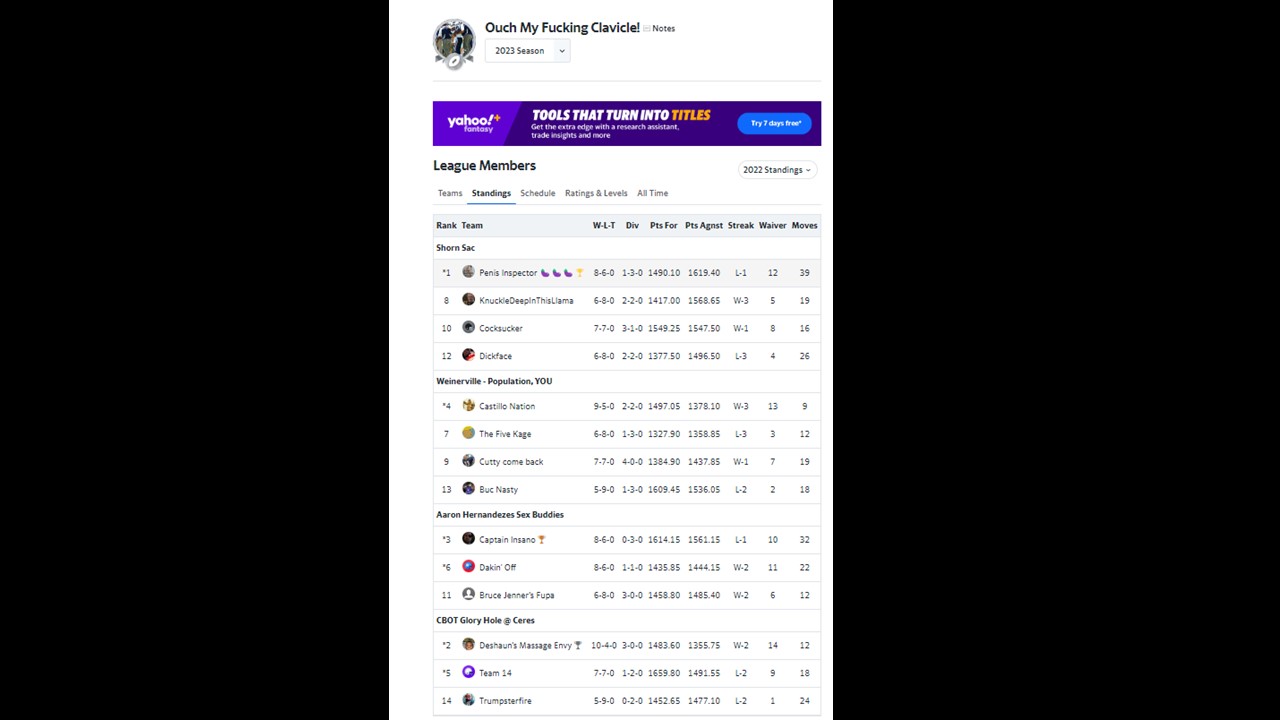
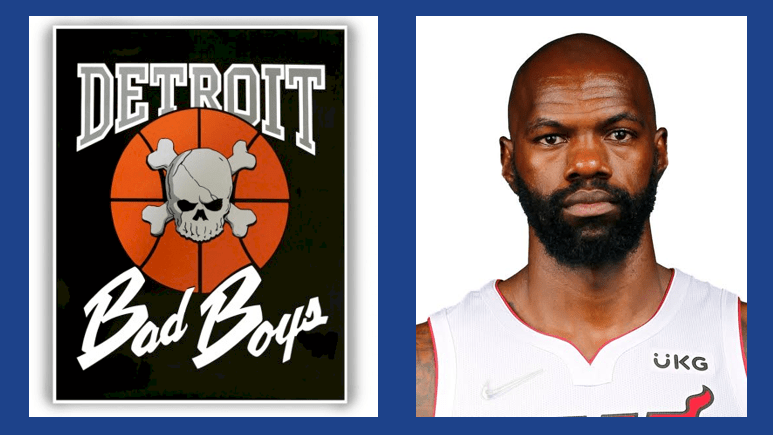
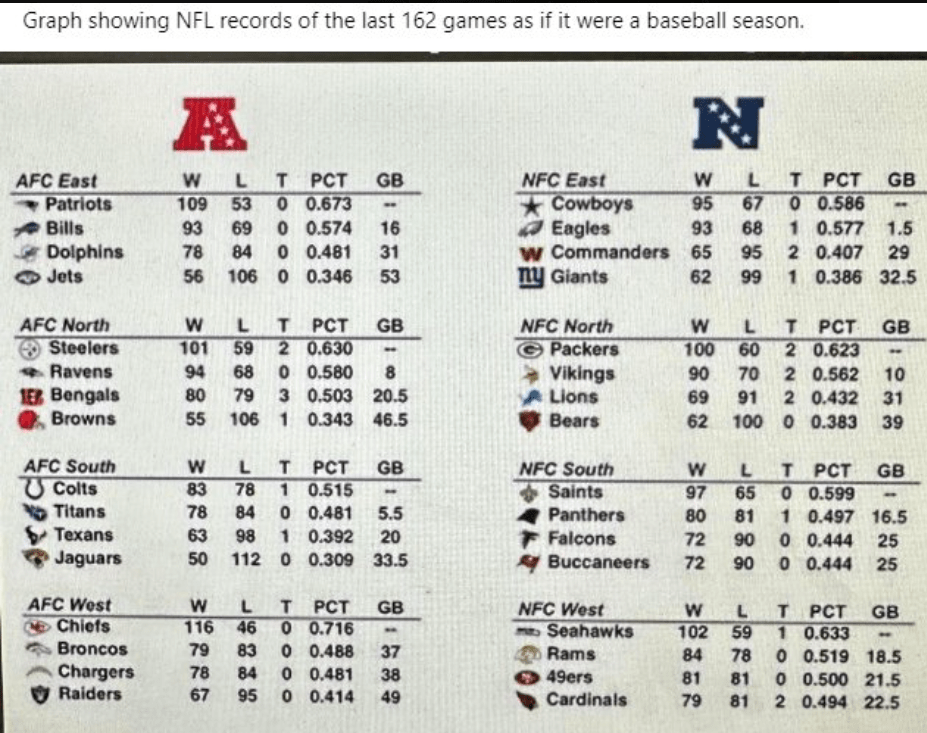
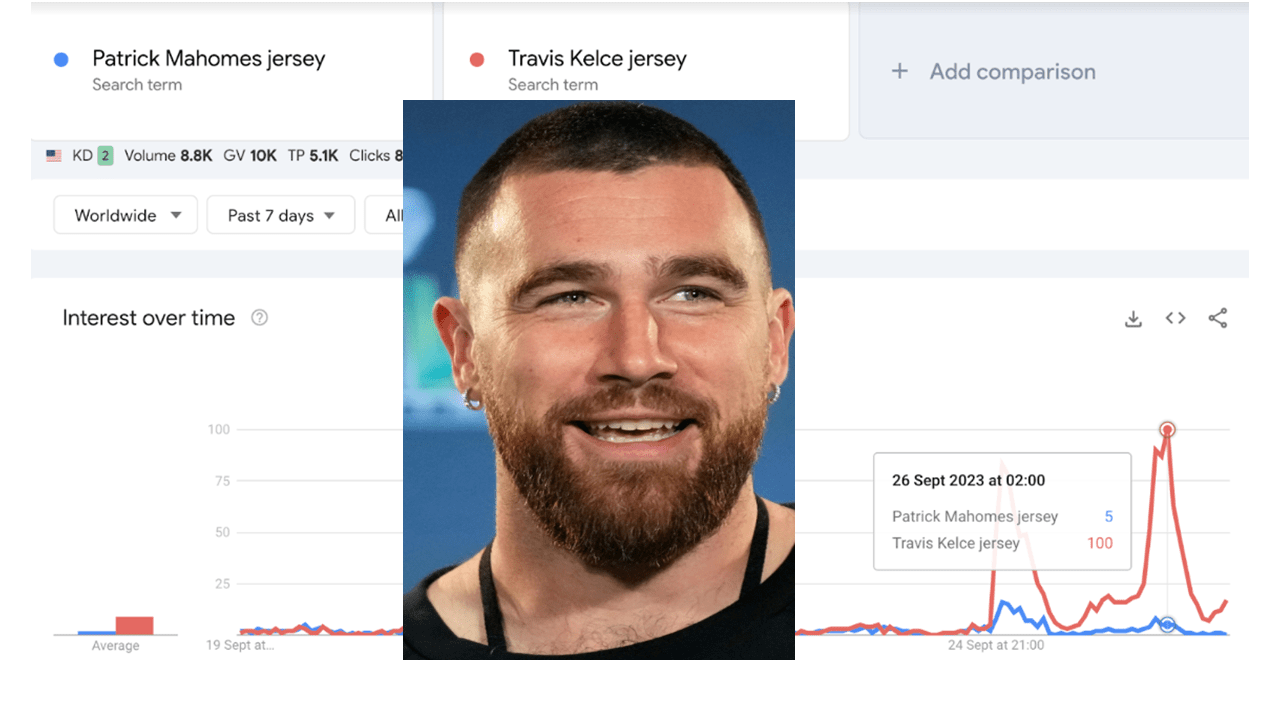
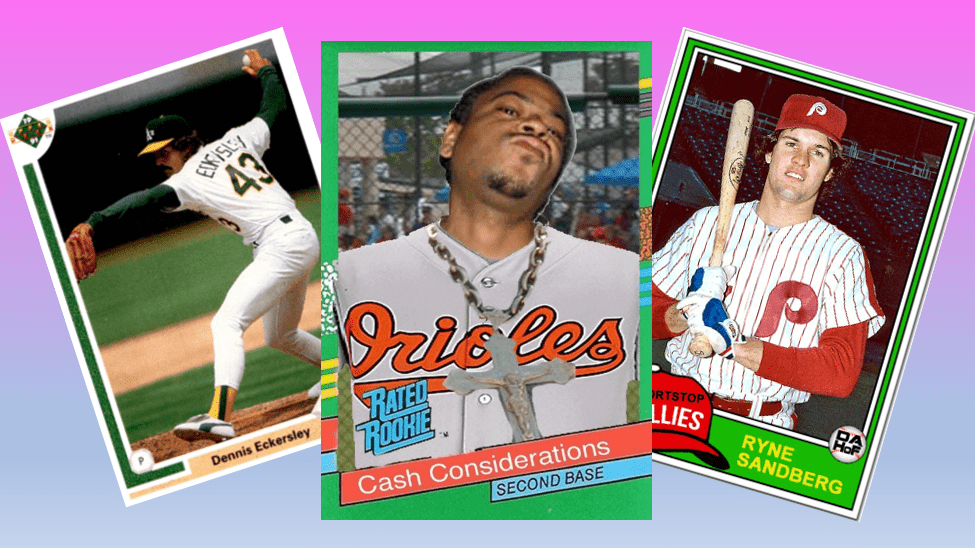
4 thoughts on “1992-1993 New York Knicks – Standing Pat In A Bullish Eastern Conference”
Comments are closed.